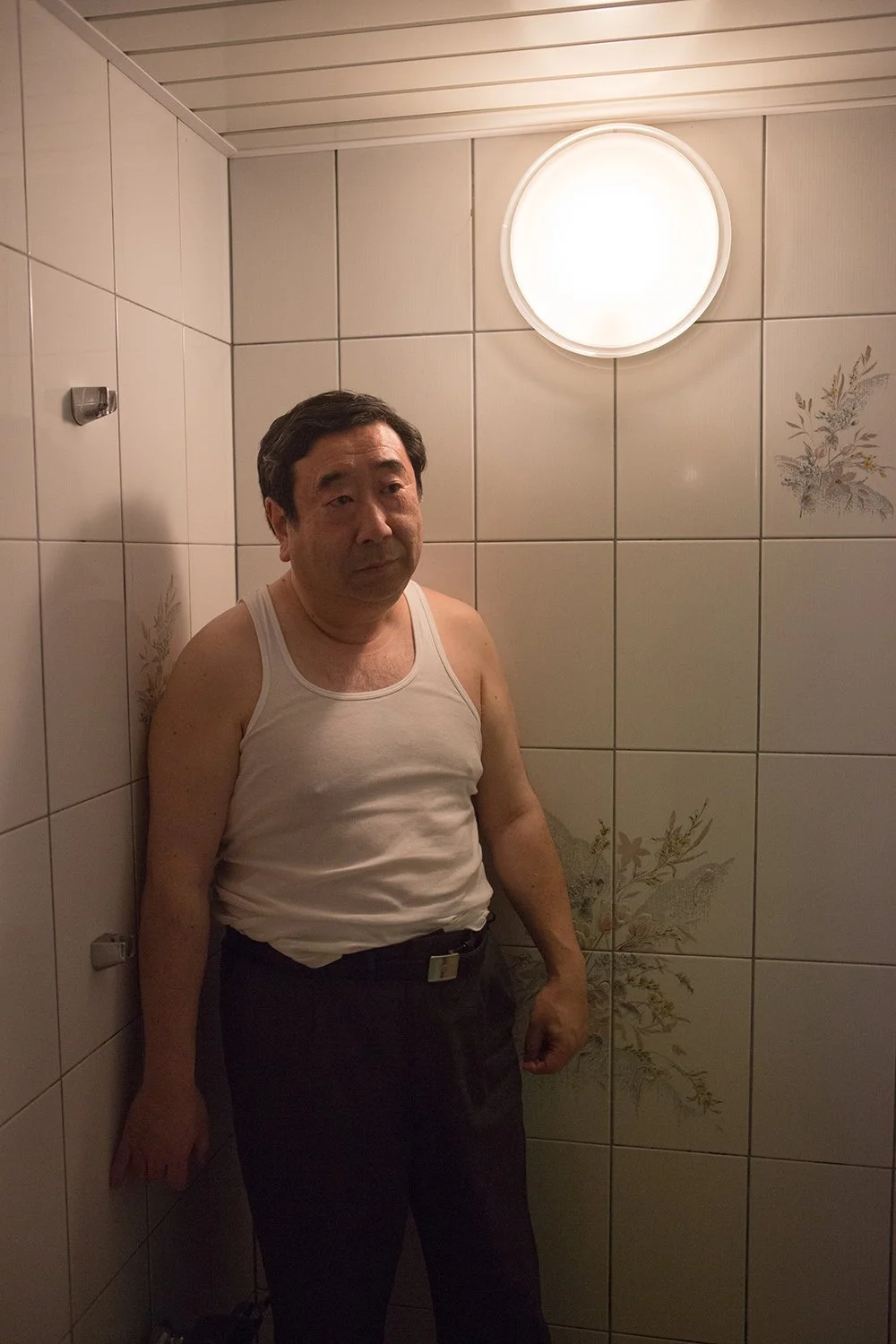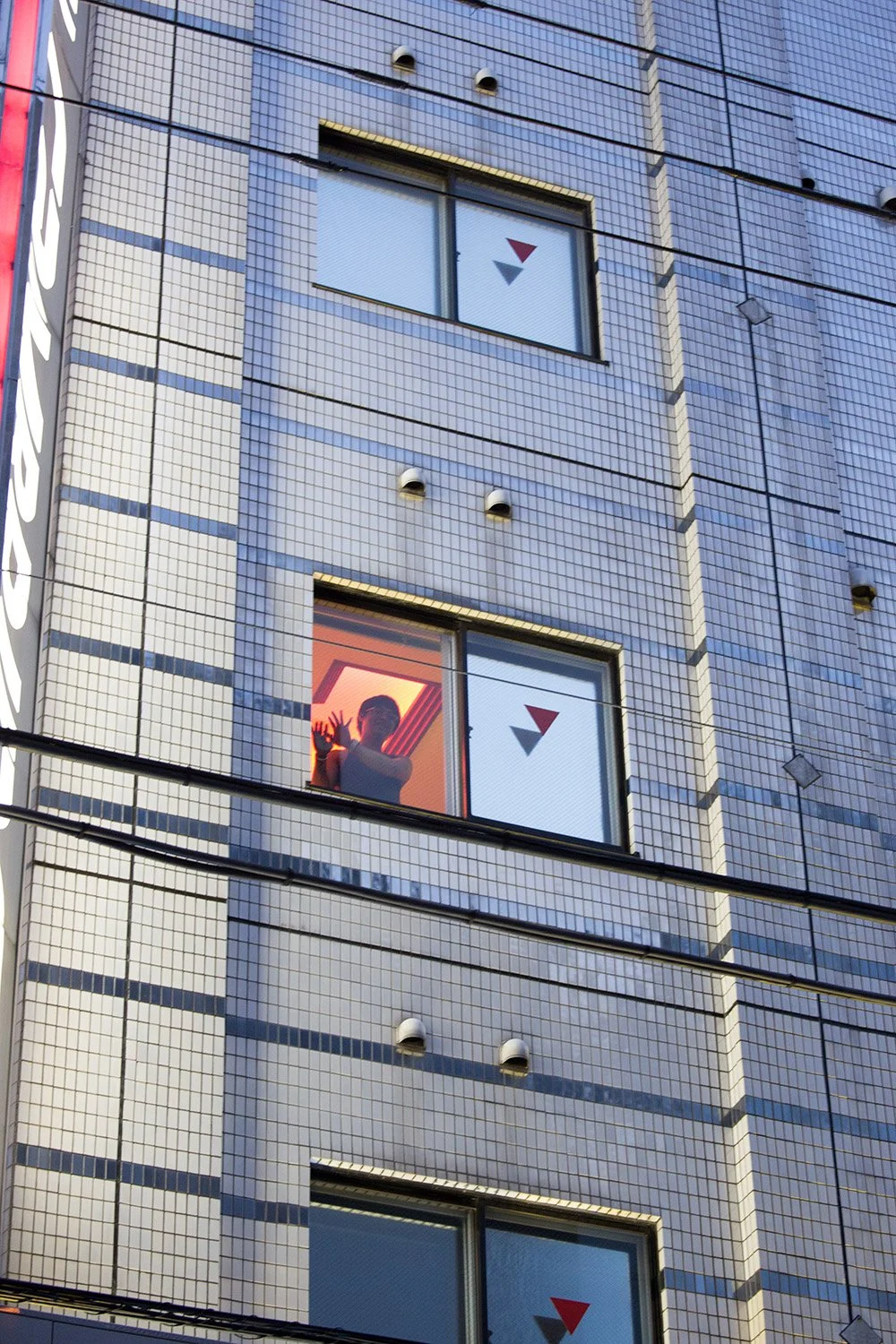JAPANESE WHISPERS
-
The Japanese are often assumed to be sexually repressed. To some extent this rings true: the list of erotic taboos is infinite and an increasing number chooses to forgo romance in favour of a single lifestyle. Relationship phobia and romantic apathy, also known in Japan as “celibacy syndrome”, reign supreme among a persistently growing group of mostly youngsters. And while even traditional values still abound, the sex industry is the second largest industry in the country. It makes the phenomenon of rabuhos all the more puzzling. The fully automated love hotels –rabuhos are completely devoid of personnel to grant visitors the utmost privacy and anonymity- provide a window of opportunity for furtive lunchtime quickies and encounters of financial nature. Yet it is predominantly twenty and thirty-somethings who haven’t reached a state of financial independence to move out of their elderly home, that enter these love hotels. In that regard, in a country which according to cultural critics is experiencing a “flight from human intimacy”, rabuhos can be seen as a way to escape the yoke of parental control and re-gain some level of empowerment, albeit temporally.
Zaza Bertrand created a documentary photo series inside rabuho’s. In these kitschy safe havens, erotic desires roam freely yet anonymously, in utter seclusion. More colloquially known as love hotels, rabuho’s epitomise the long-held pragmatic separation of sex and love in Japan.
Even though rabuho’s have become pretty normalized in the national mindset, sentiments on this phenomenon tend to run the full gamut, from scandalized through embarrassment to titillate and sheer intrigue.
As an outsider looking in, Zaza attempted to capture these innate dichotomies and paradoxes. Her physical presence yet inability to communicate with her subjects, creates a tension so palpable between her and the visitors she portrays (or models as she prefers to call them), it echoes through in her imagery. Reflecting the ambiguous perceptions on intimacy, the documental photo series captures a frail sense of alienation and poignancy at the same time. Reliant as she was on the openness of her subjects, she could only direct and stage the shoot to some extent. There was no styling involved and her models picked the location. In these hotels adorned with neon colours and gaudy décor, she experienced a candidness that stands in remarkably stark contrast with traditional cultural hallmarks such as chastity, decency and social conformity.
(Claire van den Berg)
(Jean-Marc Bodson)



























